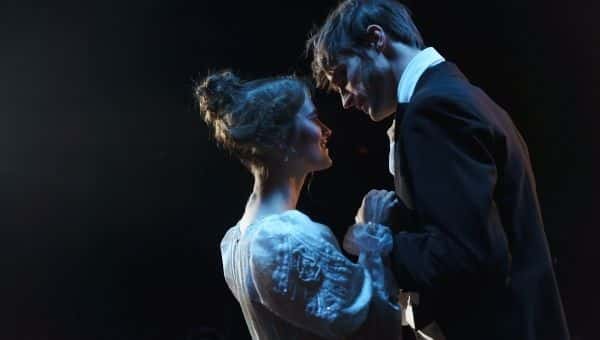With the rise of the middle and working-class in the 19th century, the literature and writings focused more on social fluidity and self-determination. The writings dealt with superstition and social situations so they included aspects of detectives, crimes, prostitution, gothic, vampires, and more. But in contrast to that, this article is about the 10 best romantic novels of the 19th century. These books do not concentrate just on the romantic aspect of the protagonist but it portrays the change of the definition of romance and the needs of people, the alteration is the romanticism of the literary world.
10 Best Romantic Novels of the 19th Century:
Anna Karenina – Leo Tolstoy
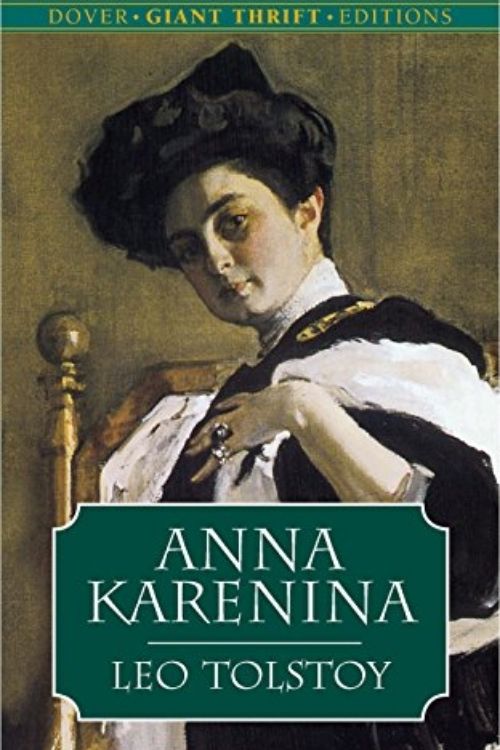
Anna Karenina is a masterpiece of Tolstoy that deals with themes such as faith, identity, jealousy, society, marriage, and more. Anna is a sophisticated woman who discards her void existence as the wife of Karenin and turns his interest towards Count Vronsky to accomplish her passionate nature. What makes this more interesting is the fact that it is so well written from the perspective of women by a male writer.
Sense and Sensibility – Jane Austen
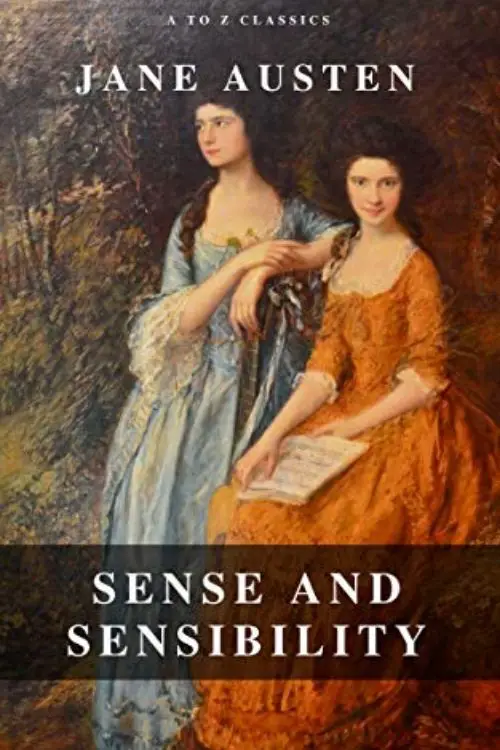
This novel by Austen tells the story of the broke Dashwood family, centering Elinor and Marianne who portray gumption and emotionality respectively. The main struggle of the story is to find the correct husband. The writer introduces Romanticism and Classicism as themes of Sense and Sensibility.
Pride and Prejudice – Jane Austen

The classic romance of Elizabeth and Mr. Darcy in Austen’s Pride and Prejudice is considered one of the best romantic couples in literature. It portrays the class difference and the difference in knowledge and gender. The novel primary concerns themes such as society, marriage, wealth, class difference, self-knowledge, and more.
The Scarlet Letter – Nathaniel Hawthorne

Described by Sons and Lovers author D.H. Lawrence as a ‘perfect work of American imagination’, The Scarlett Letter deals with the character named Hester Prynne, who got a daughter through an affair and then face with problems to build a new life of pride and remorse. It also includes allusions to religion and history and deals with themes such as sin, guilt, and legalism.
Tess of the d’Urbervilles – Thomas Hardy
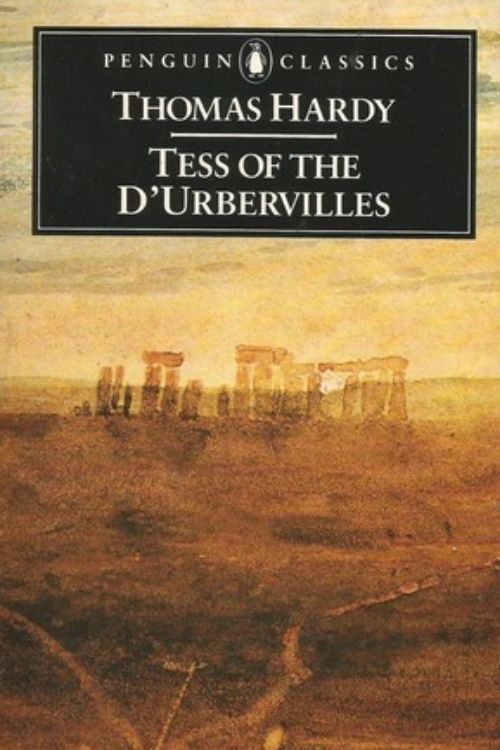
This novel by Hardy deals with a young woman named Tess, and the troubles she faces in her relationship with two men. The conclusion was surprising to all readers as she marries one and kills the other and she gets hanged for that. It is referred to as a feminist novel.
North and South – Elizabeth Gaskell
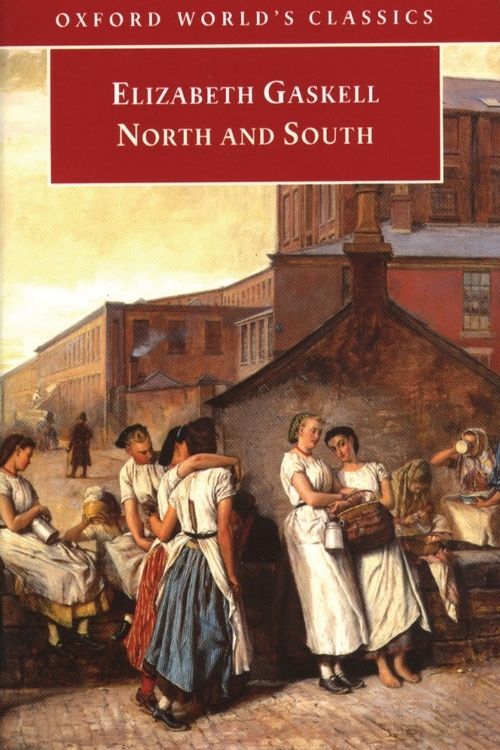
Protagonist Margaret Hale settles with her parents in Milton, north of England. She witnesses the cruel world caused by the Industrial Revolution. Hale is sympathetic towards the workers and poor she clashes with John Thornton, the cotton-mill owner who only has hatred and disapproval for his workers.
Jane Eyre – Charlotte Brontë

The story goes after the main character Jane Eyre a seemingly simple and uncomplicated girl as she conflicts through life’s efforts. She has several facts in life that are like obstacles – her love for a man named Rochester, Rochester’s marriage to Bertha, and her cruel Aunt Reed.
Madame Bovary – Gustave Flaubert
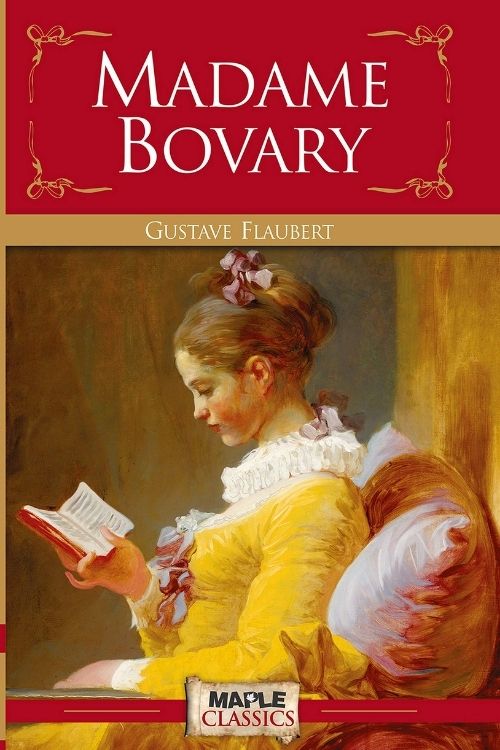
Considered as the classic example of reality, Madame Bovary deals with the miserable tale of a marriage that ends in tragedy. This is reportedly a true story written by Flaubert. It deals with the theme of human stupidity and romantic difficulty as Charles Bovary and Emma were unable to resolve the conflicts between their aspirations and dreams.
The Hunchback of Notre-Dame – Victor Hugo

This novel by Hugo is defined as a key text in French literature. Set in Rome during the 15th century the novel deals with Quasimodo, the distorted bell ringer of the cathedral of Notre Dame, and his unreciprocated love for the attractive dancer La Esmeralda. As Hugo was very keen on class difference, this novel also deals with the theme of social strife and revolution.
The Portrait of a Lady – Henry James

This story by James deals with Isabel Archer, a spirited youthful American woman who finds her destiny extremely overwhelming. As she inherits a good amount of wealth, she becomes the sufferer of Machiavellian scheming by two expatriates. It deals highly with themes like responsibility, betrayal, and freedom. This novel also reflects James’ interest in the dissimilarity of the Old and the New World.
Also Read: Famous Authors Who Died in December | Writers Who Left Us In December
